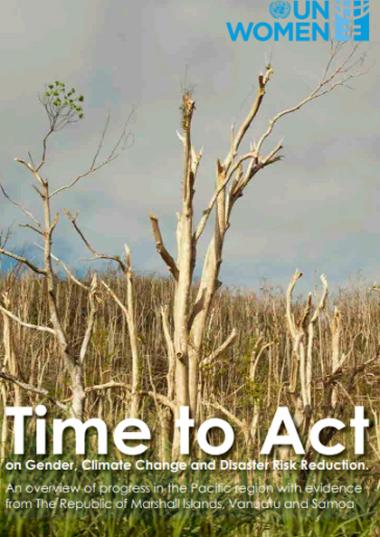

What’s new in this year’s report?
The report – which looks at progress in planning, financing and implementing adaptation actions – finds that the adaptation finance needs of developing countries are 10-18 times as big as international public finance flows. This is over 50 per cent higher than the previous range estimate.
The modelled costs of adaptation in developing countries are estimated at US$215 billion per year this decade. The adaptation finance needed to implement domestic adaptation priorities is estimated at US$387 billion per year.
Despite these needs, public multilateral and bilateral adaptation finance flows to developing countries declined by 15 per cent to US$21 billion in 2021. As a result of the growing adaptation finance needs and faltering flows, the current adaptation finance gap is now estimated at US$194-366 billion per year. At the same time, adaptation planning and implementation appear to be plateauing. This failure to adapt has massive implications for losses and damages, particularly for the most vulnerable.
This report identifies seven ways to increase financing, including through domestic expenditure and international and private sector finance. Additional avenues include remittances, increasing and tailoring finance to Small and Medium Enterprises and a reform of the global financial architecture. The new Loss and Damage fund will also need to move towards more innovative financing mechanisms to reach the necessary scale of investment.





